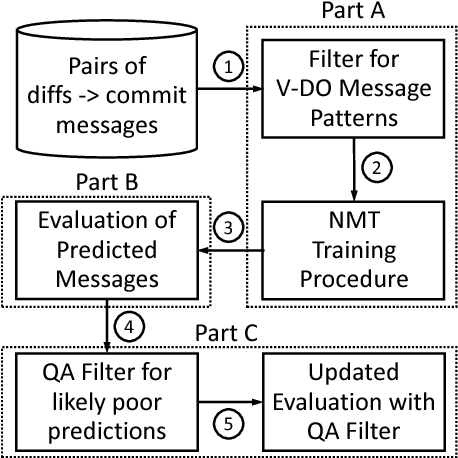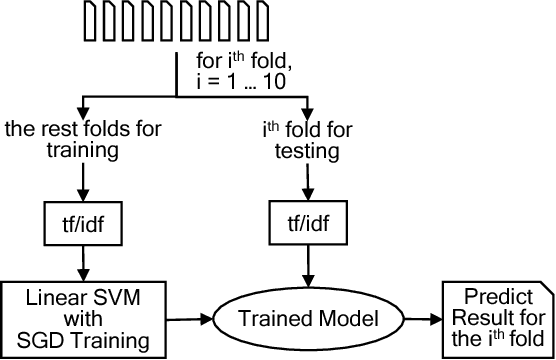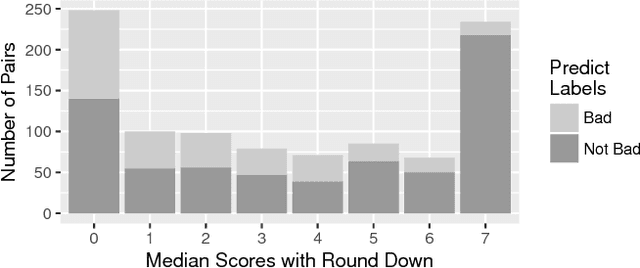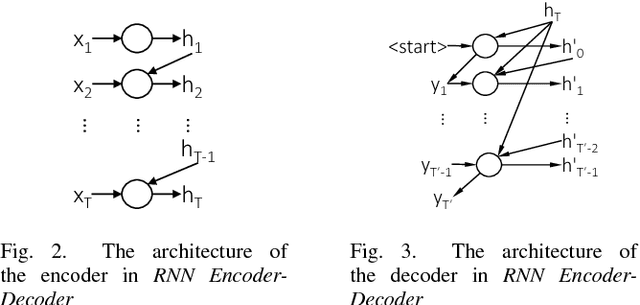Ameer Armaly
Detecting Speech Act Types in Developer Question/Answer Conversations During Bug Repair
Jul 03, 2018



Abstract:This paper targets the problem of speech act detection in conversations about bug repair. We conduct a "Wizard of Oz" experiment with 30 professional programmers, in which the programmers fix bugs for two hours, and use a simulated virtual assistant for help. Then, we use an open coding manual annotation procedure to identify the speech act types in the conversations. Finally, we train and evaluate a supervised learning algorithm to automatically detect the speech act types in the conversations. In 30 two-hour conversations, we made 2459 annotations and uncovered 26 speech act types. Our automated detection achieved 69% precision and 50% recall. The key application of this work is to advance the state of the art for virtual assistants in software engineering. Virtual assistant technology is growing rapidly, though applications in software engineering are behind those in other areas, largely due to a lack of relevant data and experiments. This paper targets this problem in the area of developer Q/A conversations about bug repair.
Automatically Generating Commit Messages from Diffs using Neural Machine Translation
Aug 30, 2017



Abstract:Commit messages are a valuable resource in comprehension of software evolution, since they provide a record of changes such as feature additions and bug repairs. Unfortunately, programmers often neglect to write good commit messages. Different techniques have been proposed to help programmers by automatically writing these messages. These techniques are effective at describing what changed, but are often verbose and lack context for understanding the rationale behind a change. In contrast, humans write messages that are short and summarize the high level rationale. In this paper, we adapt Neural Machine Translation (NMT) to automatically "translate" diffs into commit messages. We trained an NMT algorithm using a corpus of diffs and human-written commit messages from the top 1k Github projects. We designed a filter to help ensure that we only trained the algorithm on higher-quality commit messages. Our evaluation uncovered a pattern in which the messages we generate tend to be either very high or very low quality. Therefore, we created a quality-assurance filter to detect cases in which we are unable to produce good messages, and return a warning instead.
 Add to Chrome
Add to Chrome Add to Firefox
Add to Firefox Add to Edge
Add to Edge